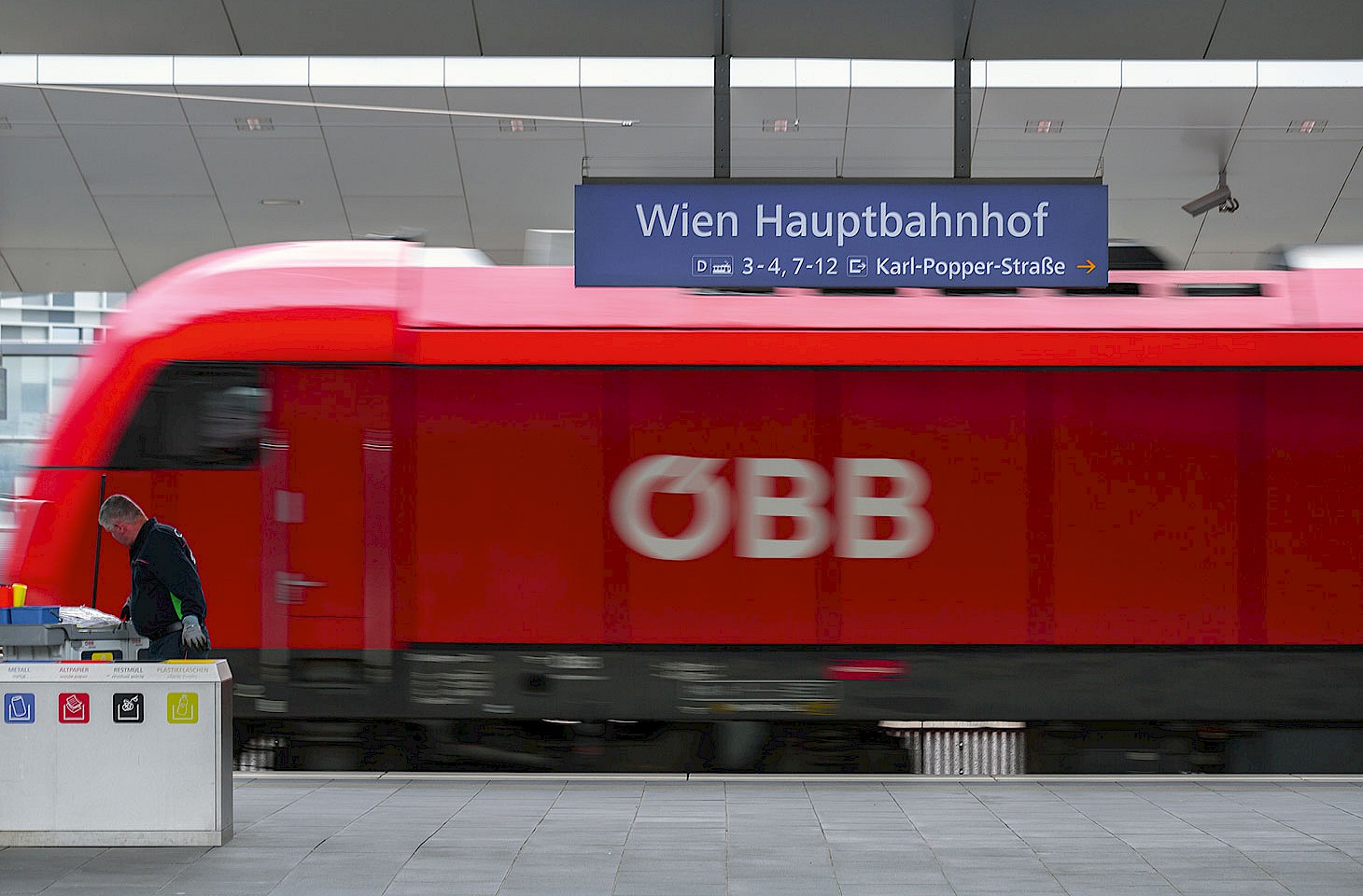In December 2009 the fabled Orient Express pulled into Vienna’s Westbahnhof for the last time, a victim of high-speed trains and budget airlines. Thereafter the station was dramatically overhauled. Now as much a shopping centre as a railway station, it still contains reminders of a past both glorious and grim. The Westbahnhof opened in 1858 to accommodate trains connecting Vienna with Salzburg, Bavaria, and beyond. It was a grand affair realised in Emperor Franz Joseph’s preferred historicist style, a mélange of Renaissance pavilions and Gothic turrets, with Tuscan-style arcades to afford protection in bad weather. There was statuary, too, including a rendering in Carrara marble of the wasp-waisted Empress Sisi. The rail route to Salzburg was originally named in Sisi’s honour. She used the Empress Elizabeth Railway regularly to reach her Bavarian homeland, as well as the Habsburg retreat at Bad Ischl.
The interior was equally impressive and redolent of the industrial age in which the station was built. The four platforms stretched into the distance beneath a glass-and-iron roof over a hundred metres long. It is difficult now to imagine how the place must have appeared when filled with smoke and steam, porters and carts, but Franz Sandmann’s 1862 painting of the exterior reveals the extraordinary grace and beauty of this palatial terminus.


